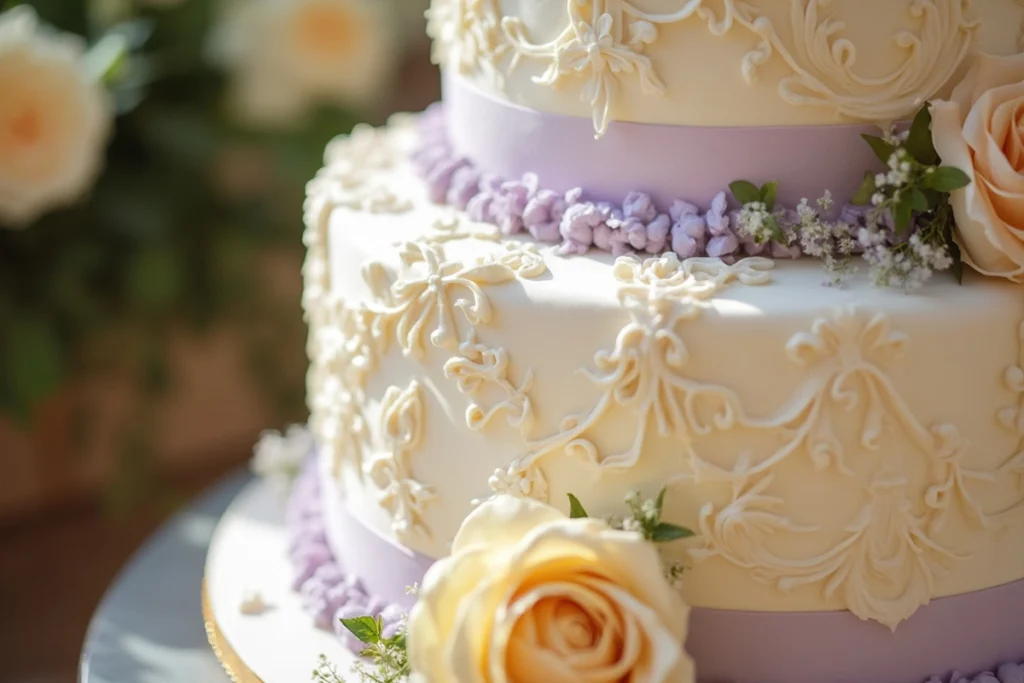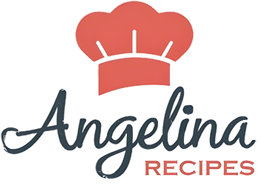Vintage cakes are making a delightful comeback in the world of baking. With their intricate designs, buttercream piping, and charming, nostalgic aesthetics, these cakes are reminiscent of the 1950s and earlier eras. Whether you’re an aspiring baker or just a fan of beautiful desserts, understanding what makes a cake “vintage style” is key to appreciating this timeless trend.
In this article, we’ll explore the history of vintage cakes, common design techniques, and how you can create your own vintage-style cake. We will also explore the most iconic vintage cake styles, popular flavors, and why these cakes are more relevant today than ever.
What Defines a Vintage Cake?
A vintage cake is typically characterized by its intricate buttercream piping, the use of pastel colors, and the incorporation of elegant, nostalgic designs. These cakes draw heavily from cake trends of the mid-20th century, particularly the 1950s and 1960s. They also take inspiration from earlier periods such as the Victorian and Rococo eras, emphasizing soft and feminine decorative elements.
Common Vintage Cake Design Elements
- Lambeth Method: An icing technique that involves layering intricate piped borders, scrollwork, and garlands.
- Pastel Color Palette: Muted shades of pink, lavender, baby blue, and mint green are often used.
- Floral Decorations: Roses, peonies, and other flowers made from buttercream or royal icing are common features.
- Buttercream Ruffles and Swirls: These add a soft, textured appearance to the cake’s surface.
If you want to dive deeper into gluten-free dessert options with similar elegance, check out this guide.
The History of Vintage Style Cakes
The origins of the vintage cake can be traced back to the Victorian era, a time when intricate cakes became a symbol of luxury and celebration. During the mid-20th century, cakes evolved into a key part of American celebrations, particularly in the 1950s. Bakers began incorporating bold designs that were both artistic and decadent. Techniques like the Lambeth method became popular, which allowed for cakes to look almost sculptural with their intricate piping and layers.
By the 1960s, the vintage cake design was solidified as a mainstay in the world of cake decorating, especially for weddings and formal occasions. Over time, the style shifted toward more minimalist designs, but the charm of vintage cakes never truly disappeared.
For more information about mastering these cakes, take a look at this resource on vintage cake decorating techniques.
Popular Vintage Cake Flavors
While the design of a vintage cake is what often sets it apart, the flavors of these cakes are equally distinctive. Classic cake flavors often associated with vintage cakes include:
- Buttercream and jam-filled layers.
- Chiffon cakes and angel food cakes, known for their light and airy textures.
- Sponge cakes with simple yet delicious flavors such as vanilla, lemon, or almond.
The fillings are often fruity and vibrant, such as raspberry or strawberry jam, which pairs well with rich buttercream frosting.
To explore more about gluten-free cake options, read through this comprehensive guide on gluten-free desserts.
How to Make a Vintage Style Cake
Creating a vintage cake at home might seem daunting at first, but with the right tools and techniques, it’s entirely possible. Here’s a step-by-step guide to crafting a beautiful vintage-style cake:

1. Choose Your Base
Start by selecting a classic cake base, such as a chiffon cake or a sponge cake. These are the most common foundations for vintage cakes due to their light and fluffy texture.
2. Prepare Your Icing
For a truly vintage look, it’s all about the buttercream. You’ll need a batch of smooth, creamy buttercream in a soft color like pastel pink or lavender.
3. Master the Piping Techniques
- Use a piping bag fitted with different tips to create roses, garlands, and ruffles. If you’re new to piping, consider starting with basic shapes like shells and stars before moving on to more complex designs like scrollwork.
- The Lambeth method is an excellent technique for creating elegant, layered designs. This style involves overpiping, meaning that you build up layers of piping for a 3D effect.
4. Add Finishing Touches
Decorate your cake with edible pearls, fondant flowers, and soft, cascading buttercream borders. Ensure your colors are cohesive and pastel to give it that true vintage feel.
For more detailed guidance on crafting beautiful vintage cakes, this tutorial on vintage cake buttercream piping is an excellent resource.
Modern Vintage Cake Trends
Today, vintage cakes are more popular than ever, with a resurgence in wedding cakes and birthday cakes inspired by past eras. These modern vintage cakes often feature the same intricate piping and classic designs, but with updated flavors and techniques.
- Metallic accents like gold and silver leaf.
- Updated flavors, such as salted caramel and matcha, paired with traditional designs.
- Customizations for dietary needs, like gluten-free or vegan vintage cakes.
FAQs
1. What is the difference between a vintage cake and a modern cake?
A vintage cake is defined by its intricate buttercream designs, pastel colors, and soft, romantic themes. Modern cakes often emphasize minimalist designs with sharp edges and bold colors, but vintage cakes remain soft and ornate.
2. Can vintage cakes be made with modern flavors or ingredients?
Yes! You can use any flavors you’d like in a vintage cake, though classic flavors such as vanilla, lemon, and buttercream fillings are the most traditional. However, modern flavors like salted caramel or fruit curds can also be used to give a vintage cake a contemporary twist.
3. What is the most iconic vintage cake style?
The most iconic style is the Lambeth method, which involves intricate layers of piping that build up to create a three-dimensional, textured design
Final Thoughts
Vintage style cakes are more than just a nostalgic nod to the past; they are a celebration of the artistry and craftsmanship that defines classic baking. With their intricate buttercream designs, soft pastel colors, and timeless decorations, these cakes continue to captivate bakers and cake enthusiasts alike. Whether you’re planning to create a cake for a special occasion or simply wish to experiment with traditional baking techniques, embracing the vintage style allows you to add a touch of elegance and history to your culinary creations.
In today’s world, where minimalist and modern designs often dominate, vintage cakes offer a refreshing and romantic alternative. They invite us to slow down, appreciate the detailed craftsmanship, and enjoy the simple yet profound beauty of a beautifully decorated cake. As you embark on your vintage cake journey, remember that the true charm lies not just in the finished product but in the care and creativity poured into every detail.
For those eager to explore more vintage cake ideas or find inspiration in gluten-free alternatives, don’t hesitate to explore more resources and guides available through the links provided. Happy baking, and may your vintage cakes be as stunning as they are delicious!

